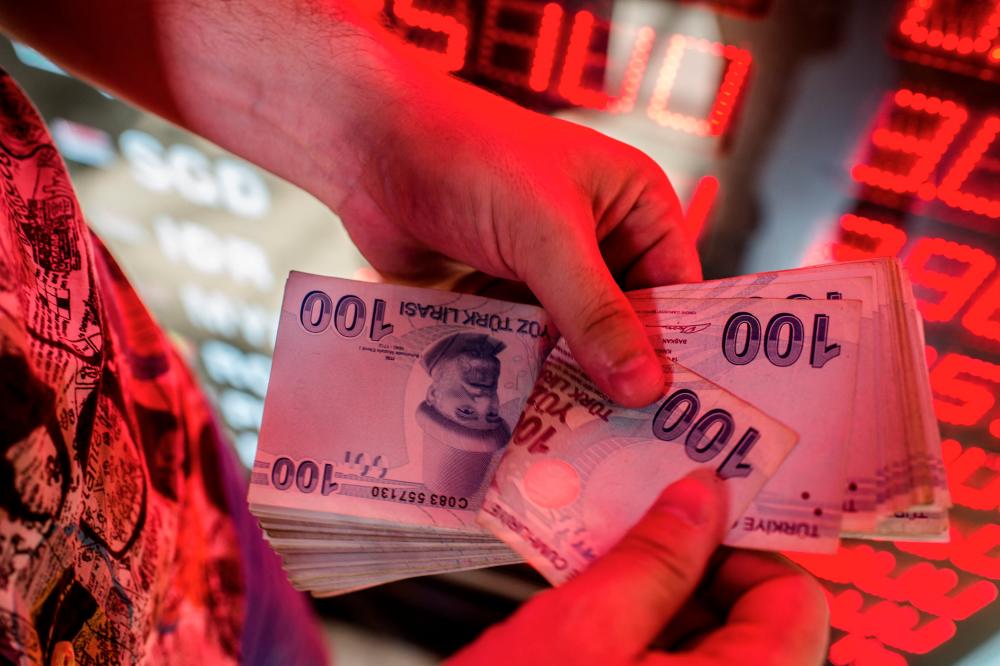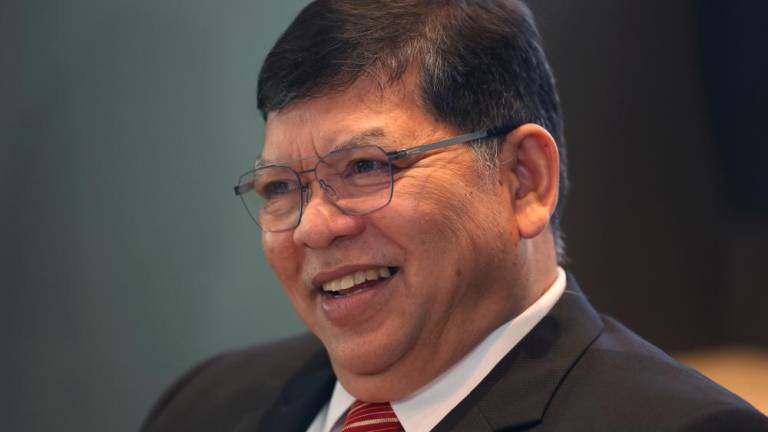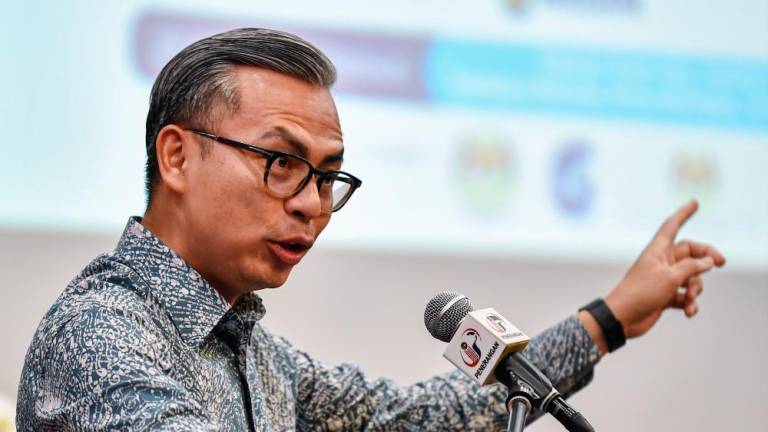ANKARA: Turkey’s central bank shocked markets on Thursday (Aug 18) by cutting its main interest rate by 100 basis points to 13%, saying it needed to keep driving economic growth despite inflation hitting nearly 80% and a monetary tightening trend among its peers worldwide.
The lira dropped as much as 1.2% to 18.15 per dollar as the bank took its latest step down the unorthodox policy path advocated by President Tayyip Erdogan that aims to provide targeted cheap credit to help boost Turkish exports.
“Just insane – with inflation at 80% and rising,” BlueBay Asset Management economist Timothy Ash remarked in an emailed comment.
“Turkey‘s central bank (has) stepped up its fight against economc orthodoxy,” Jason Tuvey of Capital Economics added in an ironic note. “The move increases the risk of yet another currency crisis.”
Turkey now has a real interest rate of negative 66.6% when adjusted for inflation. This forces businesses and ordinary people to spend as much as possible before their liras lose even more value with each month.
There had been virtually no signal that another rate cut was in the works and no economist polled by Reuters had predicted one, given that inflation has soared to 24-year highs, eating deeply into Turks’ earnings and savings.
The bank had held its main rate at 14% for the past seven months after cutting it by 500 basis points towards the end of last year. That policy easing sparked a currency crisis in December that sent inflation soaring.
The rate cuts long urged by Erdogan – who holds sway over the bank after ousting several of its governors in recent years – have left real interest rates in deeply negative territory and have accelerated a cost-of-living crisis for Turkish households.
Analysts expressed dismay at the decision.
JPMorgan said in a note the move was “opportunistic”, driven by a recent increase in foreign exchange reserves “alongside a weak global environment and sharp rise in local lending rates” that is weighing on economic activity.
But the current policy mix “will eventually either lead to a policy reversal or to an economic downturn”, the note said.
The central bank’s policy-setting committee said it needed to act because leading indicators pointed to a loss of economic momentum in the third quarter.
“It is important that financial conditions remain supportive to preserve the growth momentum in industrial production and the positive trend in employment in a period of increasing uncertainties regarding global growth as well as escalating geopolitical risk,” it said in a statement.
The new policy rate “is adequate under the current outlook”, it said, adding the growing gap between its policy rate and rising loan rates was reducing “the effectiveness of monetary transmission”.
“We think the macroeconomic policy mix in Turkey has become more unsustainable with today’s rate cut,” wrote Goldman Sachs analysts in a note in which they forecast annualised inflation to rise to more than 90% and only ease to near 75% by year-end with the help of base effects.
“We recognise substantial upside risk to our forecast,” the note added.
Both Goldman and JPMorgan expect no more rate cuts in the near future, and JPMorgan sees a rate increase to 25% in the first quarter of 2023 and real rates to turn positive in the second half of next year.
The currency crisis last year saw the lira fall 44% against the dollar, stoking inflation via imports. The currency has lost a further 27% so far this year while inflation hit 79.60% in July, partly stoked by fallout from the war in Ukraine.
The lira on Thursday broke through 18 to the dollar for the first time since December and set a record closing low of 18.089.
With supply constraints, consumer demand and fallout from the war stoking inflation globally, central banks across developed and emerging markets are jacking up interest rates.
Turkey’s inflation rate is among the highest worldwide while its real interest rate, at minus 67%, is among the lowest.
The central bank said inflation is driven by the lagged effects of rising energy prices, pricing formations not supported by economic fundamentals, and negative supply shocks. It repeated that disinflation should begin thanks to steps the bank and other authorities have taken to cool some forms of credit, along with an eventual end to the war. – Reuters, AFP













